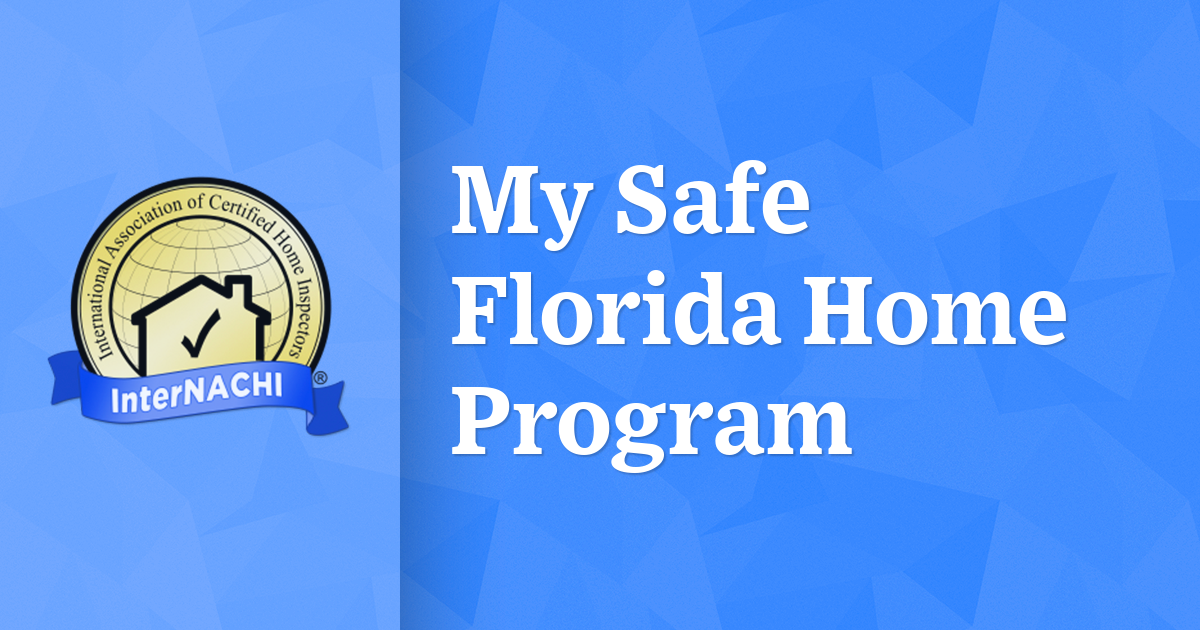When disaster strikes, communities face unforeseen challenges, including disruptions to the availability of essential resources.
The Florida Disaster Nutrition Assistance Program (D-SNAP) serves as a crucial safety net, providing immediate nutritional assistance to individuals and families affected by disasters.
This comprehensive guide aims to navigate the intricacies of Florida’s D-SNAP, exploring the program’s purpose, eligibility criteria, application process, and the role it plays in supporting those grappling with the aftermath of a disaster.
What Is the D-SNAP Program?
Contents
- Purpose and Scope: D-SNAP, an extension of the regular Supplemental Nutrition Assistance Program (SNAP), is designed to assist households that may not normally be eligible for SNAP but have experienced significant disaster-related expenses and disruptions. This temporary program addresses the urgent nutritional needs of individuals and families affected by disasters, helping them get back on their feet during challenging times.
- Eligibility Criteria: D-SNAP eligibility is based on the individual’s or household’s circumstances following a disaster. While regular SNAP eligibility considers factors like income and household size, D-SNAP eligibility factors include:
- Residency in the designated disaster area.
- Expenses related to disaster recovery.
- Loss of income or accessible resources due to the disaster.
- Activation of D-SNAP: The activation of D-SNAP is contingent on the declaration of a federal disaster or emergency by the President of the United States or the issuance of a state disaster declaration. Once activated, the Florida Department of Children and Families (DCF) works in collaboration with the Federal Emergency Management Agency (FEMA) to implement D-SNAP in the affected areas.
Application Process for D-SNAP
- Announcement and Locations: Following a disaster declaration, the DCF will announce the activation of D-SNAP and provide details on application locations, dates, and times. Information is typically disseminated through press releases, social media, and the official DCF website.
- Pre-Screening: Before applying for D-SNAP, individuals are encouraged to participate in pre-screening to assess their potential eligibility. This can be done online or by phone, and it helps applicants understand whether they may qualify for benefits.
- Application Period: D-SNAP operates within a specified application period, during which eligible individuals can apply for disaster-related nutrition assistance. It’s crucial to be aware of the announced dates and times for submitting applications.
- In-Person Application: D-SNAP applications are typically submitted in person at designated application sites. These sites are set up in the affected areas to facilitate easy access for applicants. It’s essential to bring required documentation and information to complete the application.
- Interview Process: Applicants will participate in an interview process during the application submission. This interview allows D-SNAP staff to gather additional information about the household’s circumstances and determine eligibility.
- Verification of Eligibility: D-SNAP eligibility is verified by assessing the applicant’s disaster-related expenses and the impact of the disaster on their income and resources. Documentation such as proof of residency, disaster-related expenses, and identification may be required.
- Issuance of Benefits: Once eligibility is determined, benefits are issued through an Electronic Benefit Transfer (EBT) card. This card is pre-loaded with a specified amount based on the household’s circumstances.
- Use of D-SNAP Benefits: D-SNAP benefits are specifically designated for the purchase of eligible food items. The EBT card can be used at authorized retailers, similar to regular SNAP benefits.
- Appeal Process: If an applicant disagrees with the decision regarding their D-SNAP eligibility, they have the right to appeal. The appeal process allows individuals to present additional information or address any discrepancies in the determination.
Key Considerations for Applicants
- Documentation: During the D-SNAP application process, applicants must provide documentation to support their eligibility. This may include proof of residency, documentation of disaster-related expenses, and identification.
- Stay Informed: Regularly check official sources such as the DCF website, local news, or social media channels for updates on D-SNAP activation, application periods, and locations. Staying informed ensures that eligible individuals do not miss out on the opportunity to apply.
- Attend in Person: To complete the D-SNAP application process, applicants are generally required to visit designated application sites in person. It’s essential to be present during the application period to ensure timely and accurate processing.
- Utilize Pre-Screening Tools: Before applying for D-SNAP, take advantage of the pre-screening tools provided by the DCF. These tools offer an initial assessment of potential eligibility, helping applicants gauge their chances before the formal application process.
- Maintain Records: Keep copies of all documentation submitted during the D-SNAP application process. This includes application forms, interview records, and any correspondence related to eligibility. Having a record of these documents can be valuable for future reference or appeals.
Conclusion
Florida Disaster Nutrition Assistance (D-SNAP) plays a crucial role in providing immediate nutritional support to individuals and families affected by disasters.
By understanding the purpose, eligibility criteria, and application process, those in need can navigate this temporary program effectively.
The collaboration between the Florida Department of Children and Families and FEMA ensures a coordinated effort to address the nutritional needs of communities in the aftermath of a disaster.
Staying informed, participating in pre-screening, and actively engaging in the application process empower individuals to access timely assistance during challenging times.
D-SNAP stands as a testament to the commitment to community support, helping rebuild lives and restore stability in the wake of disasters.


